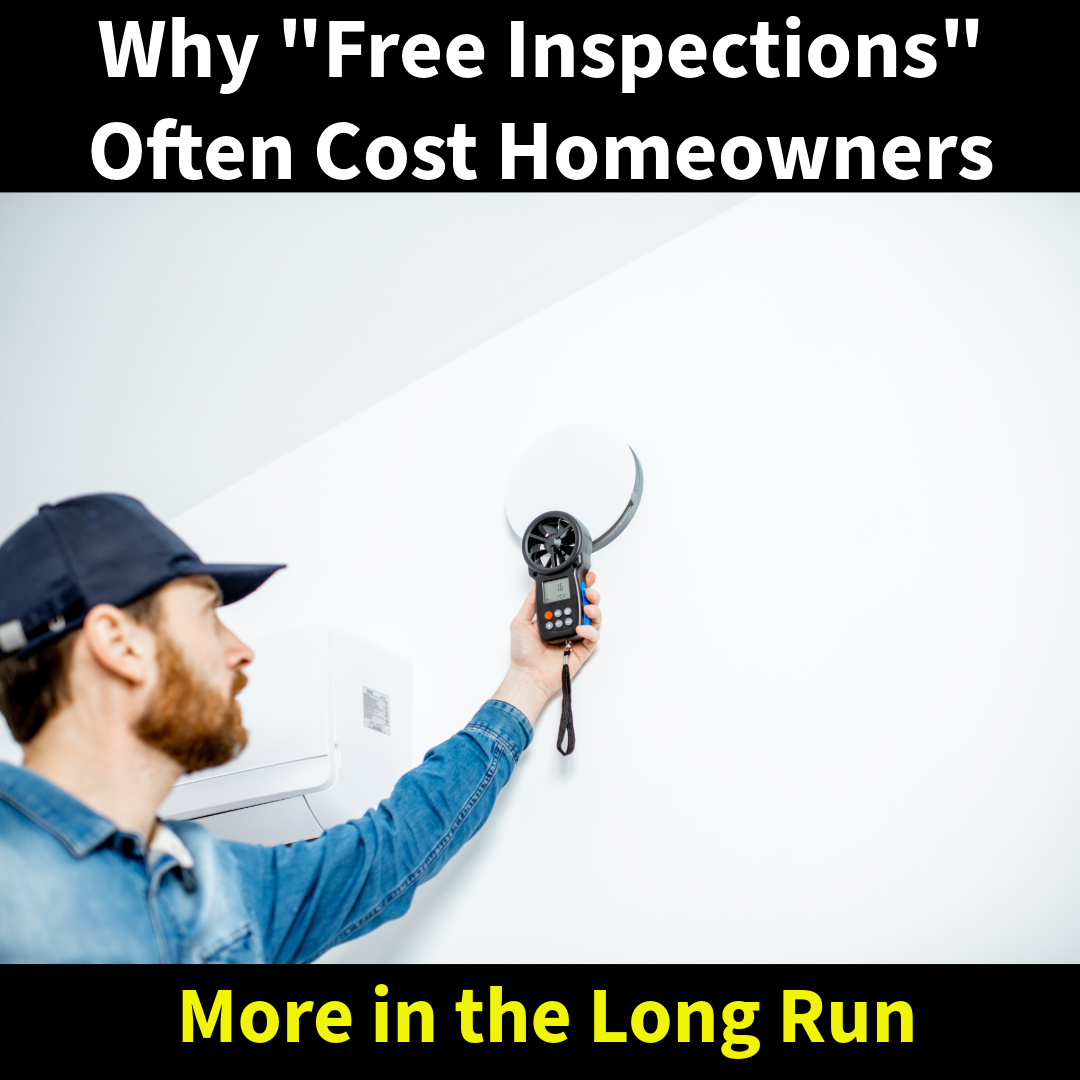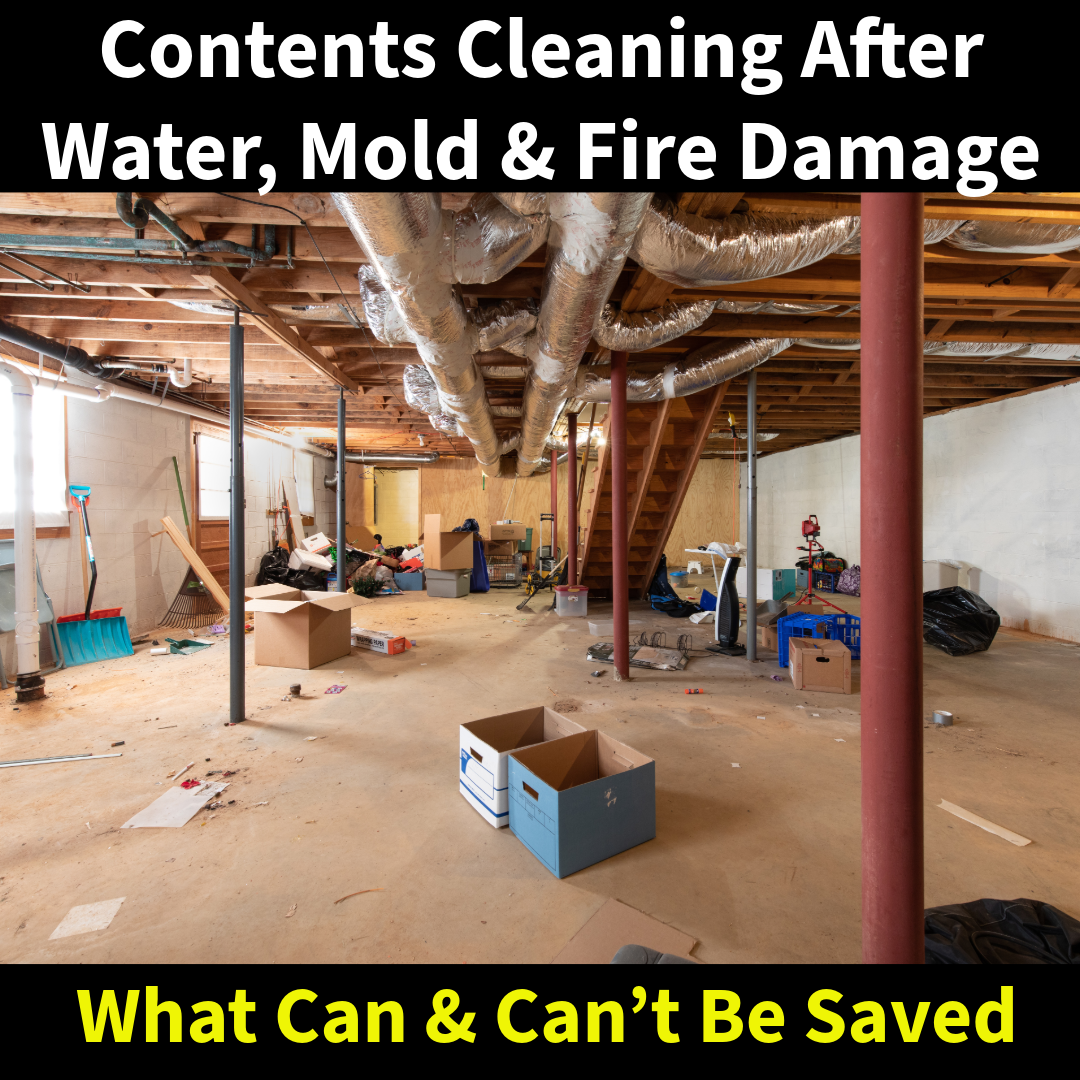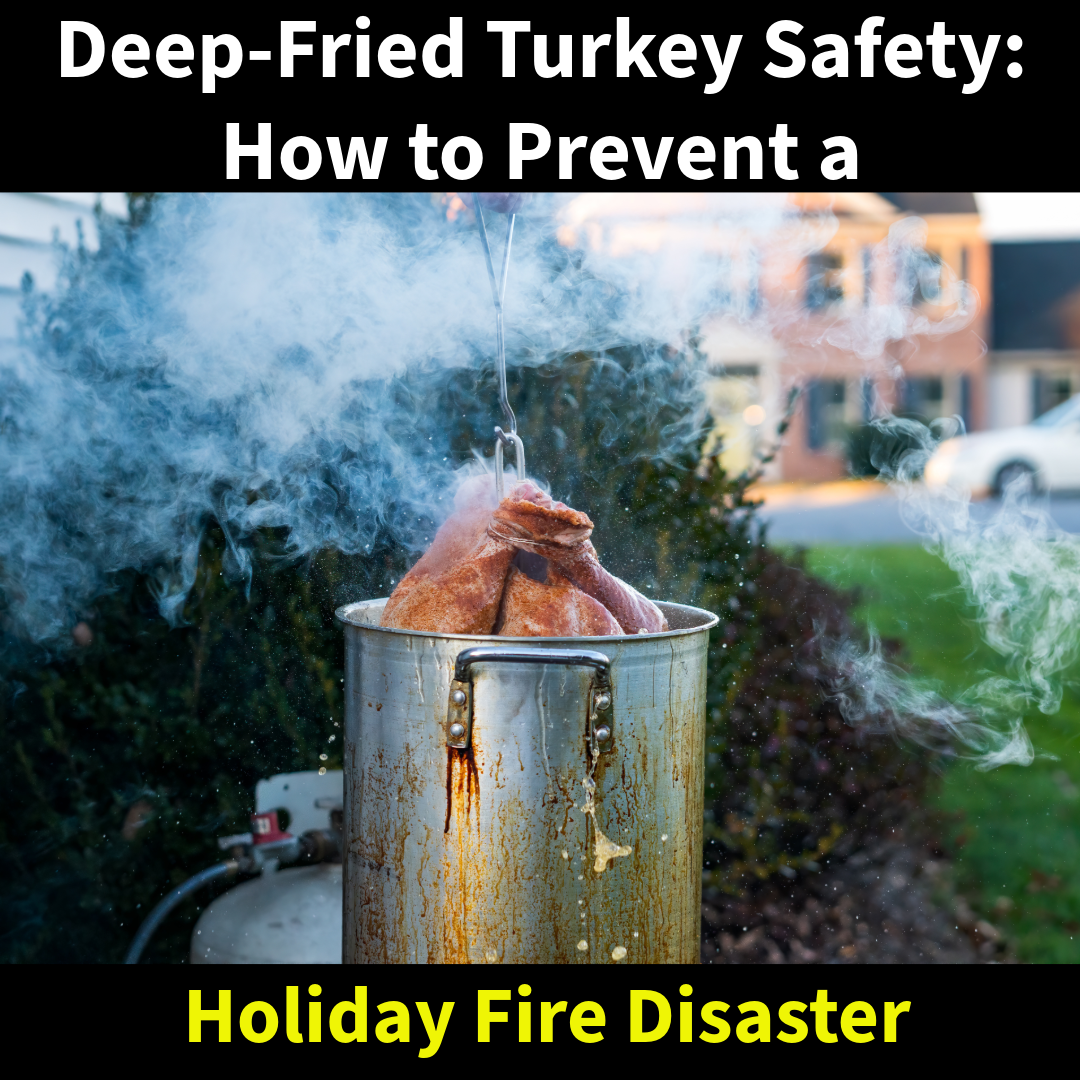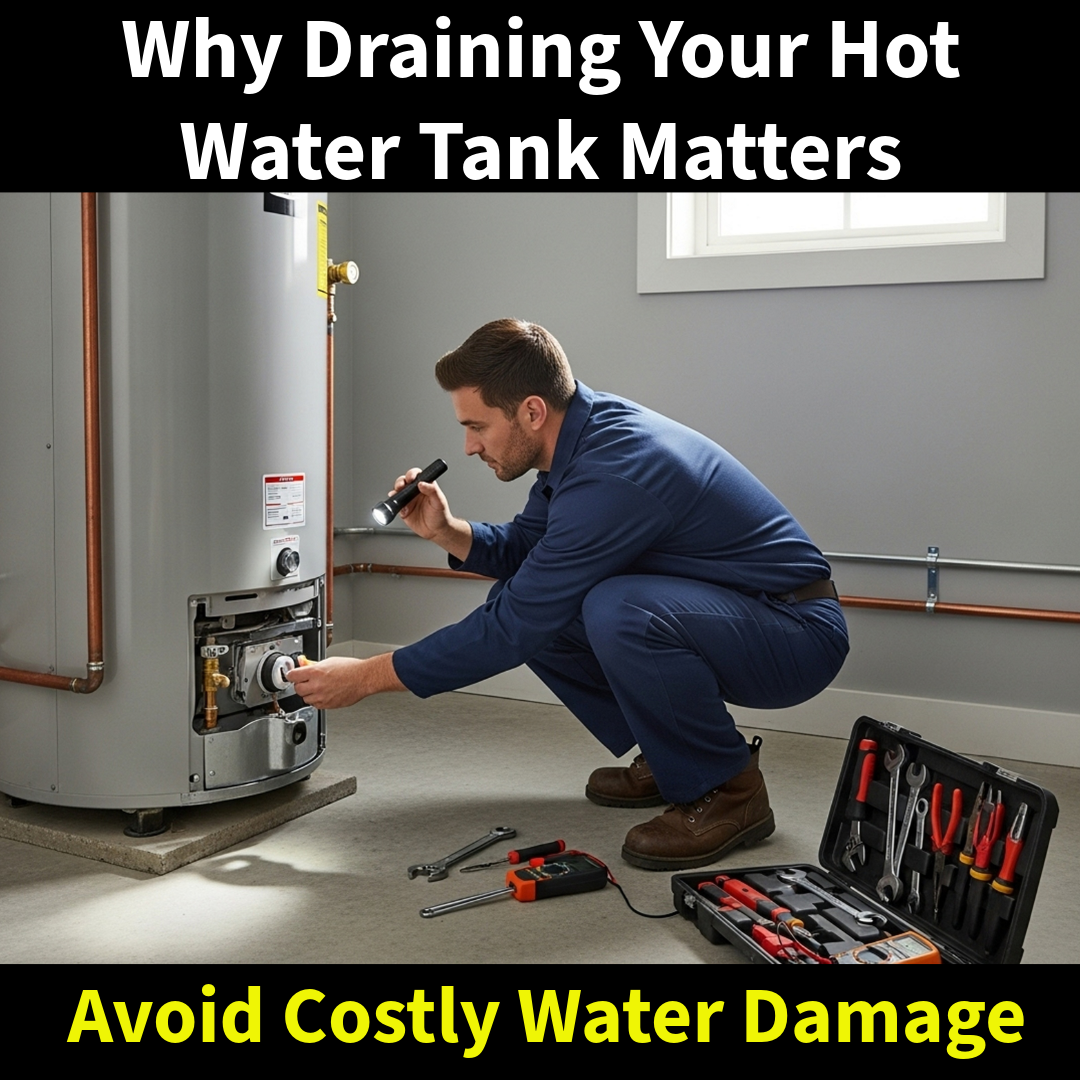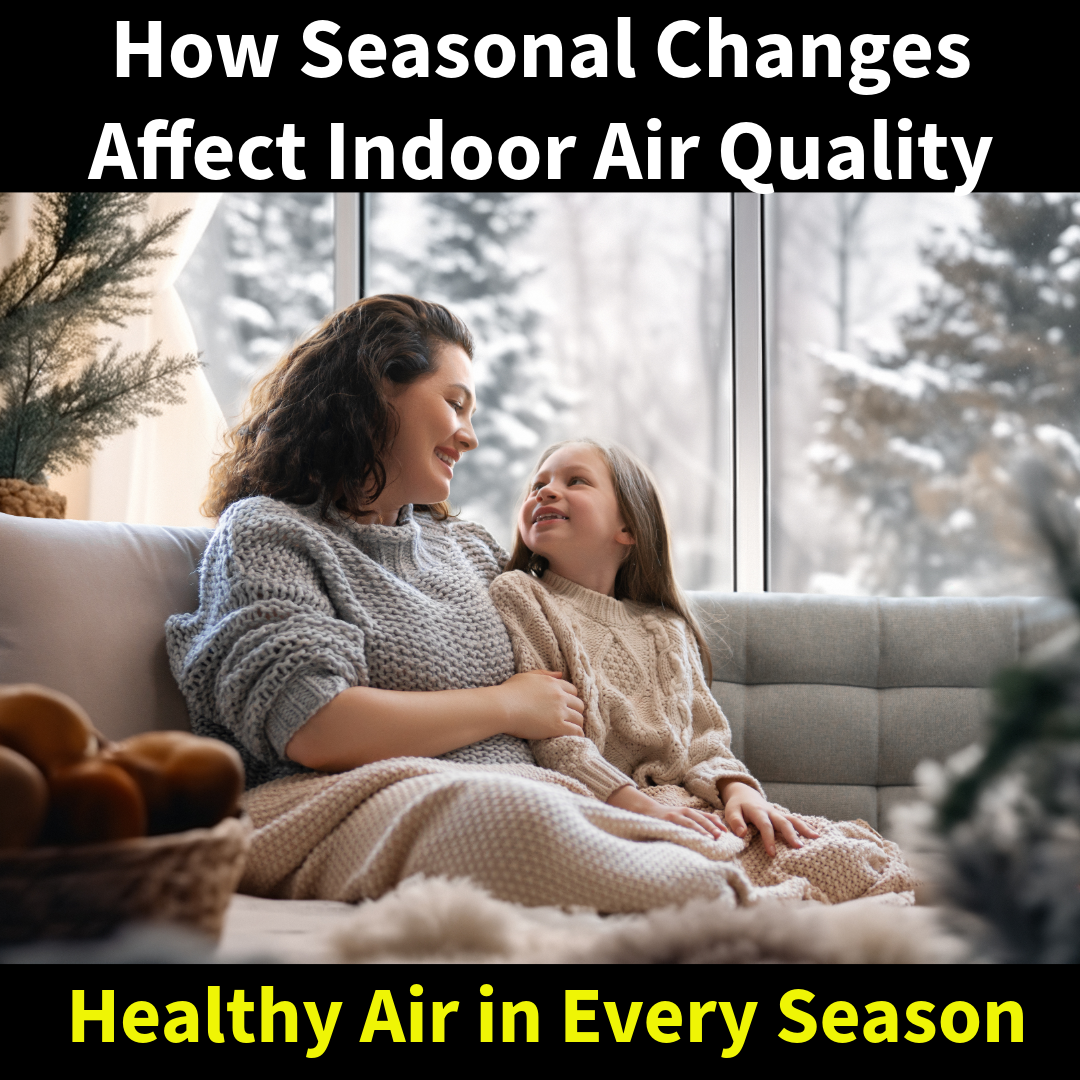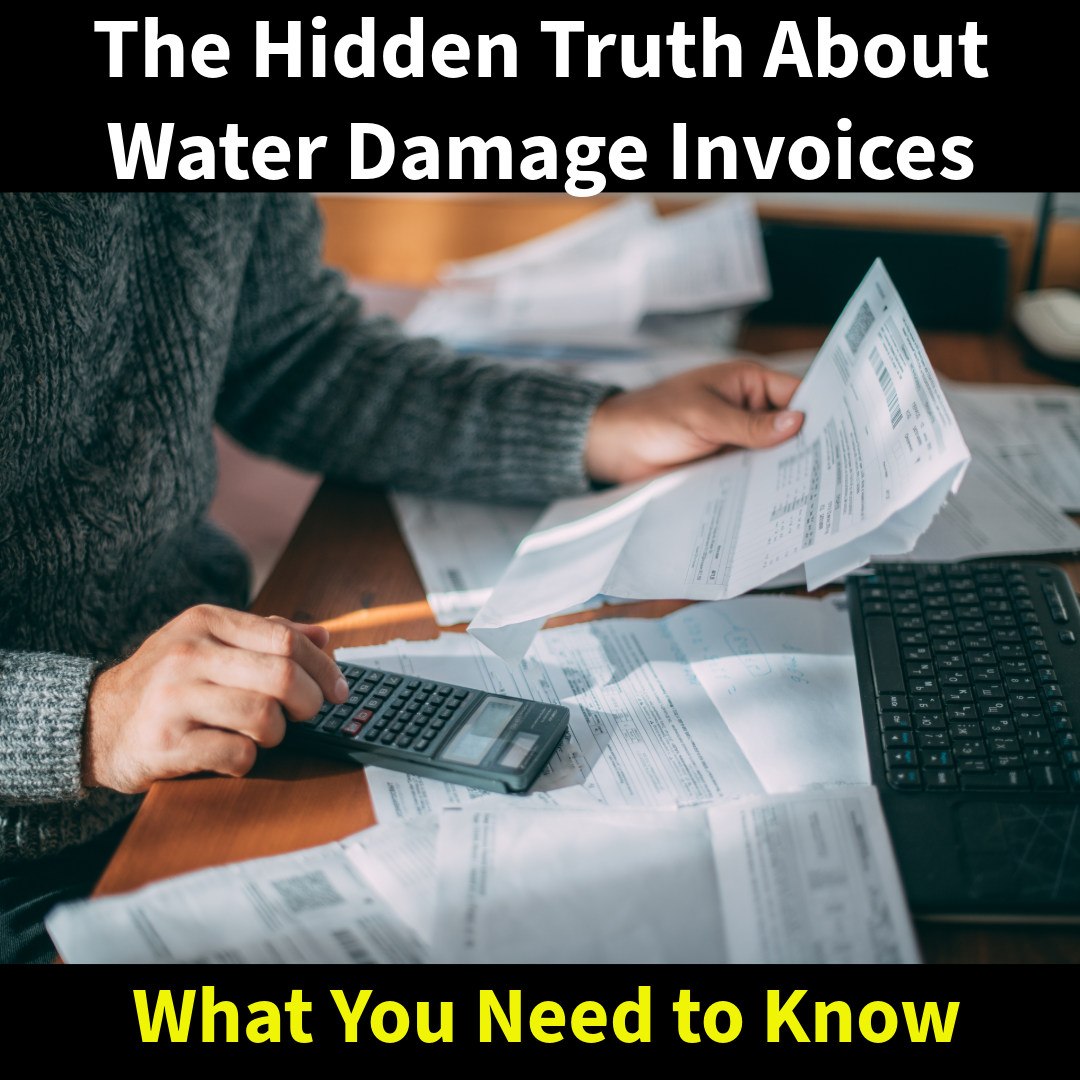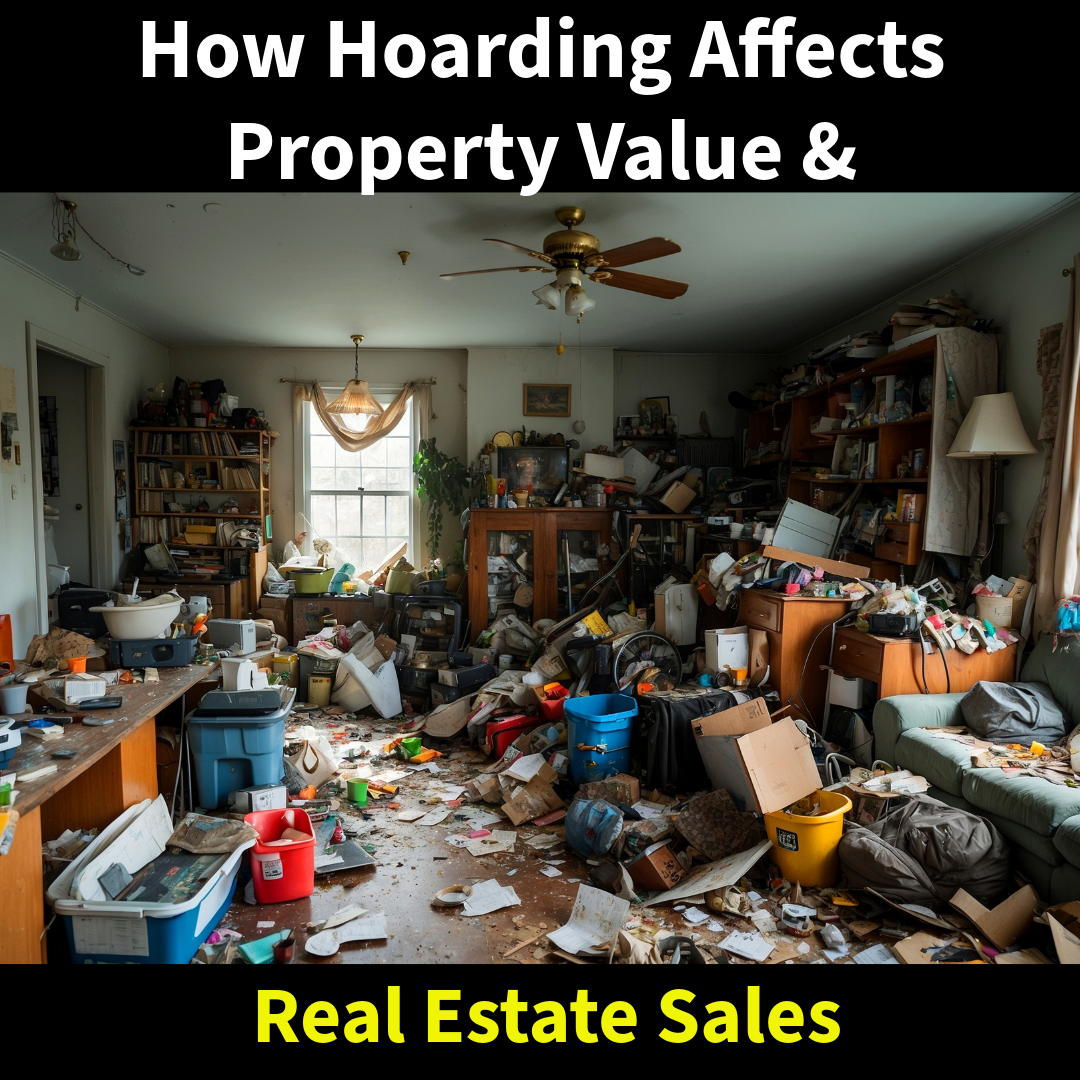When a homeowner is dealing with water damage, mold concerns, or another property issue, the words “free inspection” can sound appealing. In stressful situations, people naturally look for quick answers and low upfront costs.
What many homeowners don’t realize is that a free inspection often comes with hidden costs later—sometimes far greater than the price of a proper, independent evaluation.
What “Free” Usually Means in Property Damage Work
In most cases, a free inspection is offered by a company whose primary goal is to sell remediation or repair services. That doesn’t automatically mean the company is dishonest, but it does mean the inspection is not independent.
When the same company is responsible for diagnosing the problem and selling the solution, there is an inherent conflict of interest. The scope of work is often shaped by what needs to be sold, not necessarily by what the property truly needs.
How This Can Lead to Bigger Problems
Free inspections often focus on what is immediately visible, skipping deeper investigation that takes time, training, and proper equipment. As a result, important details can be missed or oversimplified.
Common issues homeowners encounter later include:
- Hidden moisture that was never identified
- Mold growth returning because the source wasn’t addressed
- Incomplete documentation for insurance claims
- Disputes over scope, cost, or responsibility
What started as a “free” visit can quickly turn into repeated work, denied coverage, or ongoing problems that were never fully resolved.
Why Independent Inspections Matter
A professional inspection should be about finding the truth, not selling a service. Independent inspectors are focused on evaluating conditions, documenting findings, and explaining options—regardless of who ultimately performs the work.
When an inspection is done correctly, it creates a clear baseline:
- What damage exists
- What caused it
- What needs to be addressed first
- What can wait
This information protects homeowners, especially when insurance companies, real estate transactions, or legal questions are involved.
The Insurance Factor Many Homeowners Don’t Expect
Insurance claims rely heavily on documentation. If the initial inspection is incomplete or biased toward a specific scope of work, coverage issues can arise later.
We often see situations where:
- The damage was real, but poorly documented
- The cause of loss wasn’t clearly established
- Important materials were removed before being documented
At that point, homeowners are left trying to prove a claim after the evidence is already gone.
Paying Once vs. Paying Twice
The cost of a proper inspection is usually small compared to the cost of repeated repairs, ongoing mold problems, or insurance disputes. While a free inspection may feel like saving money upfront, it can end up being far more expensive over time. A thorough, unbiased assessment helps ensure that work is done correctly the first time.
What Homeowners Should Ask Before Scheduling an Inspection
Instead of focusing on whether an inspection is free, homeowners should ask:
- Is the inspection independent of remediation or repairs?
- Will moisture testing or sampling be performed if needed?
- Will findings be documented in writing?
- Is the inspector trained and certified for this type of work?
The answers to these questions matter far more than the initial price.
Why This Matters
When it comes to property damage, the goal isn’t to find the cheapest inspection—it’s to get accurate information. Knowing what you’re dealing with allows you to make informed decisions and avoid surprises down the road. In many cases, paying for a professional inspection once is far less costly than dealing with the consequences of an incomplete or biased evaluation later.
